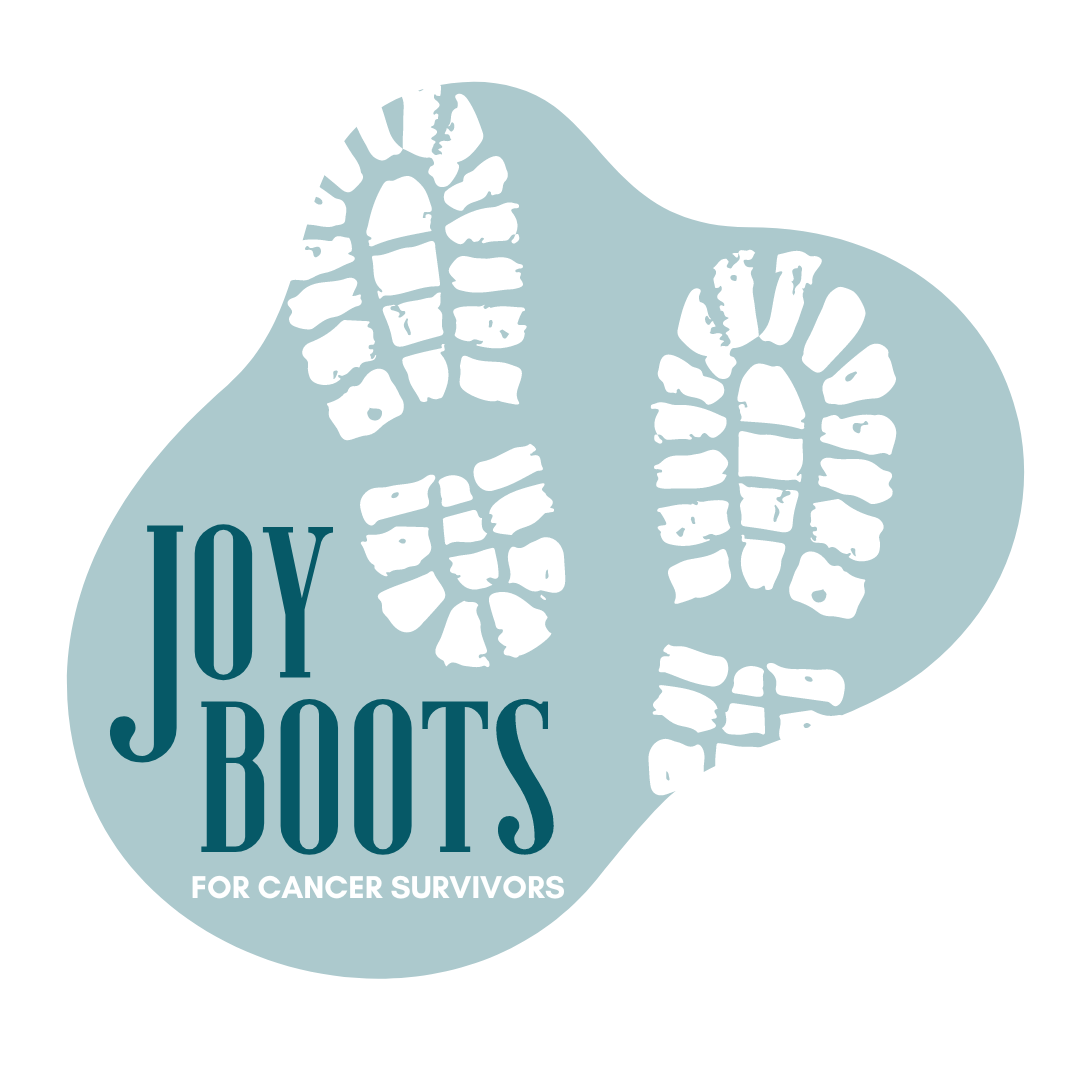Do you ever feel like you are losing yourself by being overly focused on what others want from you?
How do you remember to take a breath, feel grounded in the present moment, and act from your most authentic self?
Mantra, it’s sound and meaning, can be an easy and effective tool.
Sat Nam is a mantra from kundalini yoga practice which translates as True Self or Truth is my Identity. I say this to myself several times a day to direct my mind to focus on what is essential in this moment.
Inhaling, I think Sat. Exhaling, I think Nam.
When I meet a new client, speak to my daughter’s teacher, connect with a friend, bring up a difficulty with my husband, I remind myself to focus on the Higher Truth of this moment, which I can enjoy more if I feel grounded and compassionate towards myself and others.
Sat Nam reminds me that I’m not in control of the behavior of others.
Feeling grounded and connected to your sense of Self is an important concept for everyone, but can be especially useful to cancer survivors. To continue prioritizing your own healing, you have to be willing to put your own physical and emotional needs NEAR the top of your list if not at the very top!
I often hear from clients and yoga students that Sat Nam is a practice they carry with them.
Jennifer shared that she says it to herself as she swims laps, moving in the rhythm of her backstroke, creating her own meditation in the pool.
Leslie reminds herself of Sat Nam as she goes through medical procedures and has to keep still. It’s a relaxing mental focus and reminds her of the wellbeing, feeling grounded, and self acceptance she experiences after yoga class.
Anna has always been shy and reluctant to assert herself with her husband and family members, preferring peace (or at least no conflict) to talking about her needs, ideas, and opinions. But at what cost to her? After her experience with cancer, she decided to make some changes. Recently she has begun taking a deep breath, thinking Sat Nam, and then taking the “scary risk” to speak her mind more often. She’s been shocked at the willingness of others to listen and care about what she needs.
Sat Nam reminds you of the path of assertion and healthy boundaries.
Mantra is a tool to cut through automatic thoughts and momentarily choose a neutral mindset that is non judgmental and open to possibilities.
My teacher Dr. Gurucharan Khalsa said, “Everything in the world makes a sound. The question is: Who is in charge of the sound?”
When you recite mantra, you vibrate the sound of your own voice in the present moment. When you speak your truth and assert yourself, your voice has an impact.
Ancient sound technology in the form of mantra in Sanskrit or Gurmukhi, has many benefits:
- Stimulates the vagus nerve to help you relax.
- Helps your mind focus on an uplifting message.
- Your tongue touches meridian points in the upper palate which correspond to the brain and glandular system and create a state of emotional wellbeing.
- Activates the frontal lobe of the brain which controls emotional stability, executive functioning, and compassion for yourself and others.
- The vibration itself creates chemical changes in the brain which help the body and mind feel peaceful and even blissful.
- From a spiritual perspective, chanting helps you align with the Divine in yourself and in the universe.
- Interrupts the negative thoughts or worries that may be on “auto-pilot” and transforms your state of mind.
- For people with PTSD, high anxiety or a trauma history, meditating with mantra can be an easier way to practice meditation because it gives your mind something to focus on and interrupts negative cycles of thinking.
- Studies show that mantra meditation can help lower inflammation in the body (Kirtan Kriya, UCLA Study)
- Can improve memory, sleep, and symptoms of depression and anxiety.
The ancient sages describe Mantra as a seed, which when ripe, flowers the Divine within you.



